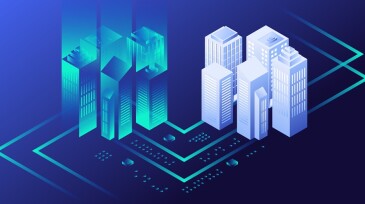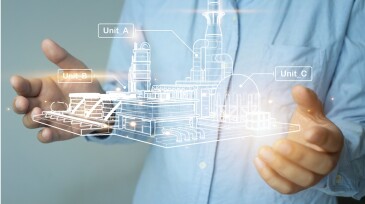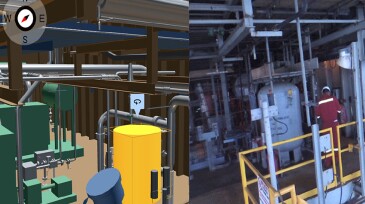digital twins
-
This paper aims to emphasize the importance of decision-making based on quantitative monitoring outputs, from both a business perspective and an ecosystem-service perspective, in future offshore projects.
-
Accuracy, complexity, costs, and skills availability may make it difficult to get the most out of digital twins and even potentially misrepresent or miss actual changes in the status of systems or facilities.
-
The new contract extends a decadelong relationship and expands the use of AI and digital twins.
-
Collaboration agreement lays foundation for advancing tech and know-how for harsh environment operations.
-
Both new and old vessels are benefiting from automation processes that can improve operational efficiency, predict downtime, and debottleneck workflows using a flurry of crucial data points.
-
A report from GlobalData shows how digital twins—digital representations of physical assets, systems, people, or processes—are increasingly helping oil and gas companies throughout the life cycle of their operations.
-
This paper described the use of digital twin technology to identify design modifications required at an onshore site and visualize proposed offshore assets for a Trinidad and Tobago development.
-
Oil and gas is one of the most hazardous industries to work in. It is also an industry undergoing a revolutionary digital transformation. With changes come challenges and new opportunities. This paper looks at the top digital safety trends that are taking place within the industry.
-
US federal agencies should develop new crosscutting programs to advance the mathematical, statistical, and computational foundations underlying digital twin technologies, says a new report from the National Academies of Sciences, Engineering, and Medicine.
-
The digital twin aims to allow Petrobras to optimize system settings to maximize production, increase recovery, and reduce risk.










